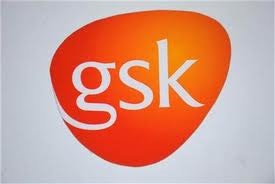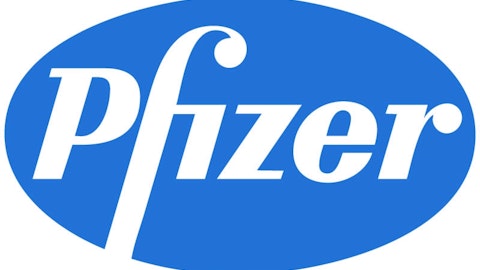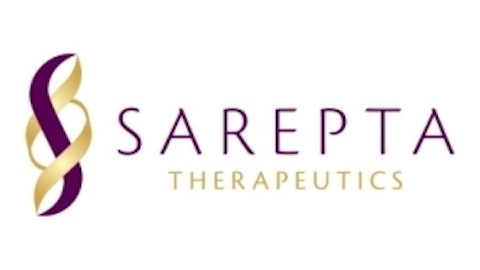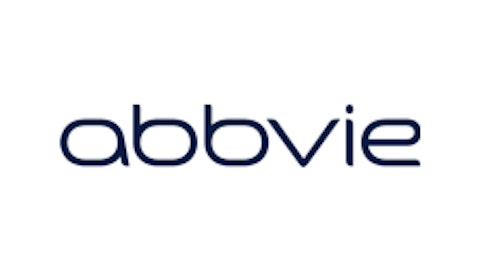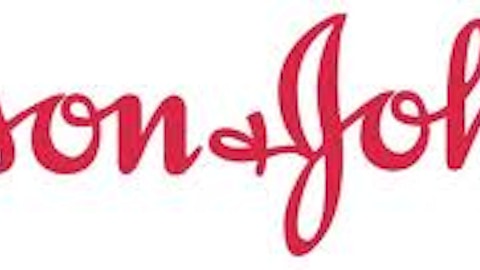LONDON — Before I decide whether to buy a company’s shares, I always like to look at two core financial ratios — return on equity and net gearing.
These two ratios provide an indication of how successful a company is at generating profits using shareholders’ funds and debt, and they have a strong influence on dividend payments and share price growth.
Today, I’m going to take a look at pharmaceutical heavyweight GlaxoSmithKline plc (ADR) (LSE:GSK) (NYSE:GSK), to see how attractive it looks on these two measures.
Return on equity
The return a company generates on its shareholders’ funds is known as return on equity, or ROE. Return on equity can be calculated by dividing a company’s annual earnings by its equity (i.e., the difference between its total assets and its total liabilities) and is expressed as a percentage.
GlaxoSmithKline plc (ADR) (LSE:GSK) (NYSE:GSK) has delivered some stunning ROE figures last five years, as this table shows:
| GlaxoSmithKline | 2008 | 2009 | 2010 | 2011 | 2012 | Average |
|---|---|---|---|---|---|---|
| ROE | 52.5% | 61.7% | 17.3% | 62.2% | 66% | 51.9% |
These figures appear very impressive, but there is a sting in the tail, as I’ll explain in a moment.
What about debt?
A key weakness of ROE is that it doesn’t show how much debt a company is using to boost its returns. My preferred way of measuring a company’s debt is by looking at its net gearing — the ratio of net debt to equity.
In the table below, I’ve listed GlaxoSmithKline plc (ADR) (LSE:GSK) (NYSE:GSK)’s net gearing and ROE alongside those of its peers, Pfizer Inc. (NYSE:PFE) and AstraZeneca plc (ADR) (NYSE:AZN) (LSE:AZN).
| Company | Net gearing | 5-year average ROE |
|---|---|---|
| Pfizer | 6.1% | 11.1% |
| AstraZeneca | 9.8% | 37.5% |
| GlaxoSmithKline | 230.1% | 51.9% |
While GlaxoSmithKline plc (ADR) (LSE:GSK) (NYSE:GSK)’s ROE is higher than both of its peers, there’s no doubt that based on ROE and net gearing alone, AstraZeneca looks far more appealing then debt-laden Glaxo.
GlaxoSmithKline plc (ADR) (LSE:GSK) (NYSE:GSK)’s net debt increased by 5 billion pounds in 2012, thanks mainly to its 2 billion pound acquisition of Human Genome Sciences, and the 1.9 billion pounds it paid the U.S. government to settle various U.S. federal government investigations.
Is GlaxoSmithKline a buy?
Glaxo is currently in the middle of a program to cut costs, focus investment on products with high growth potential, and dispose of certain non-core or mature products.
As a shareholder, I’m cautiously optimistic that this strategy will result in improved cash generation and debt reduction over the next few years. Without this, Glaxo’s 4.8% prospective yield could become harder for the firm to afford.
Despite these risks, I still rate Glaxo as a buy: the world’s population is getting richer and living longer, and that means that demand for Glaxo’s products will continue to grow.
The article What These Ratios Tell Us About GlaxoSmithKline originally appeared on Fool.com and is written by Roland Head.
Roland Head owns shares of GlaxoSmithKline. The Motley Fool recommends GlaxoSmithKline.
Copyright © 1995 – 2013 The Motley Fool, LLC. All rights reserved. The Motley Fool has a disclosure policy.
